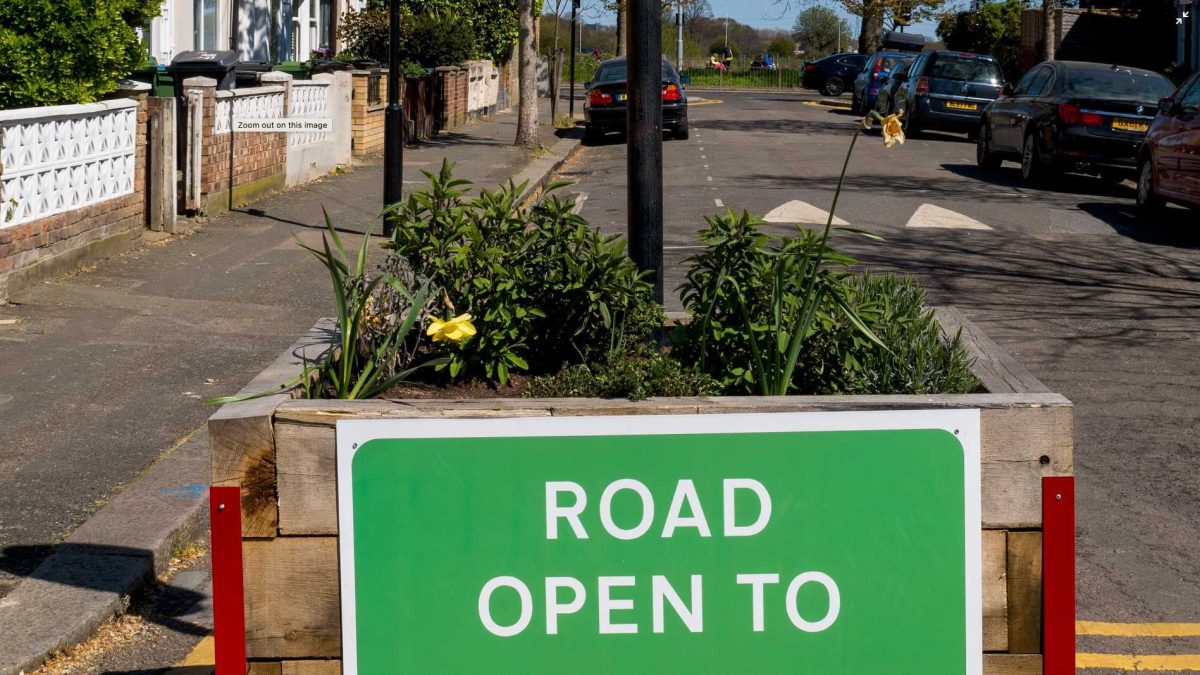
Speed Bumps & Tables: Reducing Speeding Effectively
Speed tables have emerged as a highly effective solution in mitigating speeding problems in various settings, particularly in residential areas and on roads with low speed limits.
These raised sections of pavement significantly slow down vehicles as they pass over them, effectively reducing speeding risks. Compared to traditional speed bumps, speed tables offer numerous advantages, making them a preferred option for traffic calming measures.
One key advantage of speed tables is their enhanced comfort for drivers. Unlike speed bumps, which can cause discomfort and potentially damage vehicles, speed tables are designed to provide a smoother ride. This not only enhances driver experience but also ensures that vehicles are not negatively impacted by the traffic calming measure.
Speed table Visibility
Visibility is another vital aspect where speed tables excel compared to speed bumps. Speed bumps can sometimes be difficult to spot, particularly at night, which can lead to surprises for drivers and potential accidents. In contrast, speed tables are more visible and easily noticeable from a greater distance. Their distinctive design and raised surface make them highly visible, allowing drivers to adjust their speed well in advance.
In addition to visibility, speed tables also offer greater consistency. This consistency in size and shape makes them easier to navigate for drivers. Speed bumps, on the other hand, often vary in height and width, posing challenges for drivers to safely navigate over them. As a result, speed tables consistently slow down drivers and effectively reduce speeding, ensuring safer roads for all.
Durability
Durability is also a key advantage of speed tables. Over time, speed bumps can deteriorate due to weather conditions and continuous wear and tear. Conversely, speed tables are designed to be more durable, withstanding various environmental factors and maintaining their effectiveness over extended periods. Their long-lasting nature makes them an excellent investment in reducing speeding issues in the long run.
Notably, cost-effectiveness is a crucial aspect to consider when implementing traffic calming measures. Unlike speed bumps, which can be costly to install and maintain, speed tables offer a more economical solution. They require relatively low investment, making them an attractive option for reducing speeding risks in residential areas and on roads with low speed limits.
Considering all these advantages, it is clear that speed tables prove to be a highly effective and superior alternative to traditional speed bumps. Their enhanced comfort for drivers, improved visibility, greater consistency, durability, and cost-effectiveness make them an optimal solution for reducing speeding and ensuring safer roads.
Residential areas
Implementing speed tables in residential areas and on roads with low speed limits brings immediate benefits to the community. By effectively slowing down vehicles, speed tables create a safer environment for pedestrians, particularly near schools, parks, and residential neighborhoods. These areas, often frequented by children and families, are especially vulnerable to speeding-related accidents. Therefore, incorporating speed tables as part of traffic calming initiatives is crucial in enhancing road safety and protecting the well-being of residents.
Moreover, speed tables serve as an effective deterrent against aggressive driving behavior. The presence of these raised sections of pavement prompts drivers to reduce their speed, resulting in safer roads overall. This, in turn, encourages better driving habits, reduces the likelihood of accidents, and fosters a sense of community well-being.
It is worth noting that the benefits of speed tables extend beyond residential areas. They are also suitable for implementation on roads with low speed limits, such as school zones and areas near hospitals. By ensuring that drivers adhere to the speed limits in these sensitive locations, speed tables contribute to a safer environment for pedestrians, patients, and students.
In conclusion, speed tables have proven to be an effective and efficient method for reducing speeding in various settings. Their advantages, including driver comfort, visibility, consistency, durability, and cost-effectiveness, set them apart from traditional speed bumps.
By implementing speed tables, communities can significantly enhance road safety, protect vulnerable areas, deter aggressive driving behavior, and create a sense of security for residents. Therefore, speed tables deserve serious consideration as a preferred traffic calming measure in residential areas and on roads with low speed limits.
















